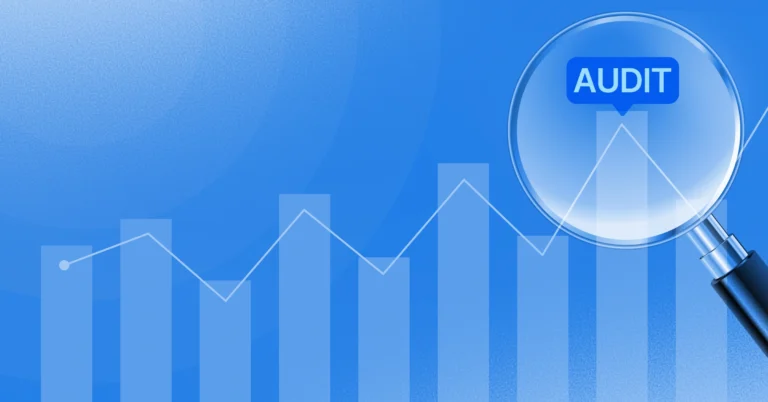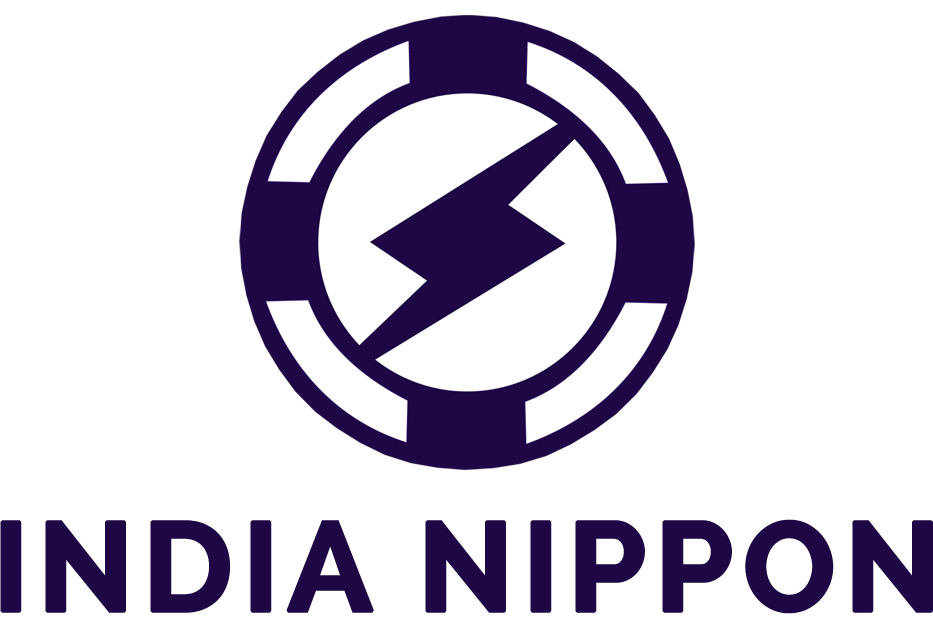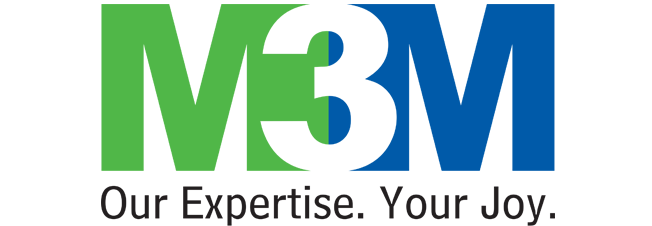Procol • August 26, 2025
Procurement transformation roadmap & complete guide for your business

Procurement transformation is exactly as the name suggests. It improves the entire sourcing process and makes businesses more productive, which is key if they want to stay competitive and work more efficiently. As global markets become more complex, companies must update their buying strategies using new tech, better skills, and smarter processes. In this blog, you’ll find the full breakdown of the strategies you need, the key trends to look out for, and an all-around solution to keep your procurement process up to date.
What is procurement transformation?
Procurement transformation changes the way a company buys goods and services. Essentially, it’s a strategic shift that makes the usual, traditional way of procurement more modern and valuable for the changing business landscape. This change in processes is very important as it helps businesses reach their goals much faster.
In other words, a digital transformation in procurement turns buying into a more strategic, efficient process. It equips the general method of procurement with better and smarter ways. One of these ways is AI and digital tools, which are helping companies reduce errors, maintain good vendor relationships, and make the sourcing process ethical.
What is the importance of procurement transformation?
Procurement transformation helps businesses of today work better and cut down on costs. It’s important because it adds value to the purchasing function by turning it into a strategy rather than just a cost-focused one. This helps make sourcing more productive and efficient, enabling companies to save money while meeting their procurement goals. Here are the reasons why it’s so important to stay competitive and boost performance in today’s market.
1. Procurement is becoming more strategic
As the scope for procurement is growing, teams now focus on business goals, managing risks, and building supplier relationships. Their primary goal isn’t just to make the right decisions; it’s to ensure these decisions are sustainable.

2. Making processes faster and smarter
New and improved digital tools help companies speed up the buying process. Automation, like procure-to-pay software, also cuts through the unnecessary chaos and reduces the time spent on doing repetitive tasks, making everybody more productive and easing the load on IT teams.
3. Managing risks and compliance
There are clear and set rules in procurement transformation that keep things organized and allow companies to have better control over their operations. This helps reduce errors and keeps their spending on track.
4. Building strong supplier partnerships
A close relationship with suppliers gets you more deals. So, companies build trust when they optimize their procurement process and get more high-quality opportunities.
5. Handling more complex challenges
Procurement deals with bigger, complex spending and needs new skills to keep up. This is why a good procurement transformation strategy is needed to make sure your team can handle any and every issue.
6. Adapting to remote work
Digital tools make sure that teams work smoothly, even when they aren’t in the same room. You must also ensure that your procurement system is mobile-optimized, so communication is as seamless as possible.
7. Improving supply chain stability
Better communication and connected processes lower risks and avoid any disruptions in communication, allowing everyone to stay on the same page.
8. Staying ready for the future
Lastly, businesses need to constantly improve their process and use digitalization procurement tools so that they’re ready to handle any large-scale changes. Your business should always be ready to adapt and grow stronger.
8 most effective procurement transformation strategies in 2025
A good procurement transformation strategy is a company’s bread and butter. When used right, it can completely change the way they buy goods and services and even introduce new and more innovative ways to procure. These strategies make processes more efficient, reduce any additional costs, and ensure the entire procurement process works in parallel to the company’s goals.
1. Automate routine tasks
Automating the simple, mostly manual, and repetitive tasks saves your team tons of time and lets them focus on bigger and better goals. Not to mention, it can increase their productivity as they wouldn’t be doing the same task over and over again. It also helps manage complex spending without adding more staff.
2. Build lasting relationships with suppliers
Make more connections and expand your reach. Especially in the procurement industry, it’s important to work closely with suppliers to create trust and find new ways to add value for both sides.
3. Align procurement with business goals
Make sure procurement goals match what company leaders want. This helps procurement become a true partner, not just a cost center.

4. Improve process efficiency
Monitor and regularly optimize how your processes work. Identify and fix any issues by simplifying approvals and automating workflows. This speeds up buying and reduces frustration for your team.
5. Use targeted technology
Procurement transformation means looking at the key details. Track your tech and make small investments like spend analytics and online tools. Making these changes can get you to your goals faster and even support bigger changes later.
6. Manage risks and supply disruptions
Develop plans to make sure your supply chain remains strong during unexpected events. Look closely at your supply base to avoid problems.
7. Invest in skills and training
No one knows your software and procurement process better than your team. So, make time for them! Help your team learn new skills and ways to work strategically, so they can add more value.
8. Focus on sustainability
Look at the bigger picture. Include environmental and social goals in sourcing decisions to meet today’s business and customer expectations.
How to transform procurement: a step-by-step roadmap
A successful procurement transformation needs a clear vision, strong strategy, and smooth execution. With a well-planned procurement approach, assume you’ve already got the win in the bag. Here’s a step-by-step guide on how your business can streamline operations, invest your money in the right place, and unlock long-term value.
1. Check your current process
Start by looking at how your team handles buying today. Do regular checks so you can spot gaps, slow steps, or tools that don’t work well together. This is key for any procurement transformation strategy.
2. Set clear goals
Have a sit-down discussion with your team and map out what the ideal picture of success looks like for you. Because, at the end of the day, your goals need to match your company’s long-term plans and support a solid transformation roadmap.
3. Plan the right steps
Build a plan with clear actions, timelines, and tools. A strong plan with every step accounted for is how businesses all over the world are handling global procurement transformation and staying ahead.
4. Pick the right tools
Your tech setup should help you reach your goals, not slow you down. So, choose good software and tools that support digital transformation in procurement by saving time and cutting errors.
5. Involve your people
Keep your teams in the loop, always. Help them understand how changes support growth. This makes procurement digital transformation easier to manage.
6. Test, train, and improve
Before launching the process, test it first. Start small with pilot runs and monitor KPIs. Then, you can train your team and improve things as you go. These are procurement transformation best practices every company should use.
7. Build a culture of change
So, whether in automotive procurement transformation or high-tech procurement transformation, success comes to those who are open and ready to accept change. Seek advice from expert procurement development services so your business never falls behind and can always adapt.
Top 7 benefits of procurement transformation for businesses
Procurement transformation offers many benefits for businesses. It significantly reduces costs and boosts efficiency using automation and more data-based decision-making. Digital transformation in procurement helps build strong supplier ties, increases transparency, and motivates teams, making your transformation roadmap easier to follow.
1. Cut costs with procurement digital transformation
Save money by making the buying process simpler, working with fewer suppliers, and getting better deals. A good procurement strategy helps you use your resources better, hence improving your company’s finances.
2. Work faster and approve quicker
Use technology to take on the burden of repetitive tasks like purchase orders and invoices. Still debating why this transformation is so important? Well, implement it today and see how it helps teams work faster, make fewer mistakes, and focus on important goals.
3. See everything clearly
With AI-powered insights, you can get real-time updates on buying activities and spending. A smart procurement plan improves trust, keeps things honest between the company and the vendor, and helps follow rules.
4. Create and maintain stronger supplier relationships
In the buying and supplying business, it’s all about honesty and creating valuable connections. Create strong partnerships by communicating well and sharing performance information. Global procurement transformation helps suppliers innovate and lowers risks.
5. Stay flexible and grow easily
You can quickly adjust to market changes with flexible buying processes. Automated procurement systems are trained for the current market state and can adapt to changing scenes as well, so they grow easily.
6. Keep teams happy and focused
Take boring tasks away so staff can work on more valuable projects. Following procurement best practices keeps teams motivated.
7. Manage risks and follow rules
With the help of advanced analytics, you can keep a check on supply risks and make sure you meet regulations. Procurement transformation services support good management and ongoing improvements.
What is the role of AI in procurement transformation?
AI plays an important role in procurement transformation. It offers key insights, automates tasks, and helps businesses make better decisions. Additionally, it learns and adapts by processing vast data volumes. It also helps businesses in risk management, helping companies spot issues before they become bigger problems. With automation, procurement teams can enhance their supplier relationships, gain a competitive edge, and equip decision-makers with powerful tools.
1. Smarter buying decisions
AI provides timely analytics and gives data-backed information about past and current data. It can analyze vast amounts of data from multiple sources across the source-to-pay process. This includes supplier information, market trends, and spending patterns.
2. Save time with automation
AI automates the redundant tasks. Employees don’t need to manually enter things like monthly processes or procurement performance reporting. This automation can reduce processing costs by as much as 40% and save time on some procurement processes by up to 60%.

3. See exactly where you’re spending
AI tools help you see where your money is going. When you have better spending visibility, you know exactly where to allocate resources, improve contracts, and follow your procurement transformation roadmap more easily.
4. Manage risks as soon as they arise
AI-powered tools find small risks with suppliers before they start to cause problems. They even keep track of market changes. This makes sure your global procurement transformation is more stable and secure.
5. Make sure your supplier relationships are worth it
With the help of AI’s intelligent insights, you can track supplier performance and find the best fit for your company. Think of it as getting your perfect match instantly. That helps your procurement digital transformation create better, long-term partnerships.
6. Improve contracts and inventory
Artificial intelligence can scan contracts fast and help manage stock better. By doing this, you’d get better insights and be able to keep track of everything easily. This supports a smooth digital transformation in procurement.
Top 8 future trends in procurement transformation
The digital revolution is changing how companies handle their buying and sourcing. As tech keeps growing, several significant shifts are reshaping procurement. Here are nine procurement and sourcing transformation trends making waves in procurement today.
1. AI and machine learning
Artificial intelligence and ML are at the heart of digital procurement transformation. AI and robots do boring jobs like data entry and bill processing, letting procurement staff focus on big-picture tasks. This automation makes teams more productive and speeds things up.
2. Smarter, faster processes
Automation makes everything faster. It helps sourcing, approvals, and payments get done a lot faster than a manual process would. These improvements make up a good sourcing and procurement strategy.
3. Stronger supplier relationships
Digital tools help in supplier relationship management (SRM). They help procurement teams find suppliers that suit their needs, share their progress, and find ways to improve. This leads to stronger partnerships, better deals, lower costs, and more new ideas.
4. Sustainability becomes a must
Sustainable sourcing is now a goal in every procurement roadmap. Not to mention, it makes businesses look a lot more appealing to vendors and customers alike, especially in industries such as high-tech and automotive procurement transformation.
5. Data-driven decisions
Data analytics offers deep insights that the human eye might have missed. This helps teams make better choices and reduce costs. It’s a core part of procurement digital transformation.
6. Integrated, easy-to-use tools
Companies are adopting user-friendly platforms and investing in training. This approach ties supply chains into larger platforms instead of treating them separately. It’s also helpful for training bigger teams.
7. Better compliance
Procurement transformation comes with the expectation that it’ll help companies stay compliant and manage risk effectively. This can’t be overlooked as business is becoming more complex and hence, needs stronger security.
8. Mobile procurement
With mobile tech, procurement professionals can work independently. Apps let them check and approve orders, track shipments, and monitor supplier performance, making work quicker and more responsive.
How Procol helps in procurement transformation
Procol should be your top choice to help in transforming your sourcing process. Why? Because we take the magic of AI and make procurement much more than just buying goods. Our intuitive dashboard removes spreadsheets from the picture. And emails? Forget those, too, because now, you can manage everything from intake requests to approvals in one platform. Our Sourcing Platform, Vendor Platform, and eAuction Pro streamline processes for both the buyer and the vendor, reduce manual work, minimize errors, and help buyers secure the best prices through fair and competitive processes. Integrations with Slack and Teams let teams create and approve requests right in their chats, saving time and keeping communication seamless.
Our recently introduced AI agents make procurement faster and smarter. You can use the PR Collation Agent to automatically group and organize requests. Next, use the RFP Generator to draft RFPs in minutes using past data and your brand’s style. Our Counter Offer Agent suggests buyers the most competitive prices for negotiations, and the Awarding Agent picks the most suitable vendor based on total cost. And lastly, Procol.io’s smart Spend Analytics Agents provide valuable insights to help you make smarter decisions, backed by data.
Conclusion
Procurement transformation is more than just an exciting trend. In today’s market, it’s a necessity. When businesses choose digital-first, adaptable tools, they can improve efficiency, spend smartly, and make sure their supplier relationships remain fruitful. As technologies like AI continue to evolve, your business needs to adapt fast to stay ahead. Platforms like Procol make this adaptation much easier, as companies have the right tools to start the change. Now’s the time to transform your journey!
Frequently asked questions
What is digital procurement transformation?
Digital procurement transformation improves the procurement process by using technology. It helps businesses become more efficient, save costs, and create more value throughout the supply chain.
What is transformation in the supply chain?
Supply chain transformation uses technologies like IoT, cloud, big data, AI, and machine learning. This helps in building a faster, more flexible supply chain that can quickly adapt to market and customer changes.
What is the role of a procurement transformation manager?
The role of a procurement transformation manager is critical. They create strategies to meet business goals, lead teams, handle supplier negotiations, find cost-effective deals, and study market trends to manage risks and spot new opportunities.
What are the seven stages of procurement?
The seven stages of procurement are:
- Need Identification
- Pre-Solicitation
- Solicitation Preparation
- Solicitation Process
- Evaluation Process
- Award Process
- Contract Process
What are the four types of procurement methods?
The four procurement methods are:
- Direct Procurement: Items that affect a business’s overall revenue.
- Indirect Procurement: Items that a business uses internally.
- Services Procurement: Contracted work or services.
- Goods Procurement: Purchasing of physical goods.
What are the 5 P's of procurement?
The 5 P’s of procurement are: Power, People, Processes, Planning, and Prevention. These pillars are very important in effective strategy and execution.
What are the three C's in procurement?
The three C’s in procurement and savings tracking are: Control, Consolidation, and Cost Savings. They help monitor and improve procurement performance.
What are the seven principles of procurement in order?
The seven key procurement principles are:
- Clear ownership of responsibilities.
- Open and honest supplier access.
- Standardized practices across processes.
- Focus on delivering results.
- Getting the best value for every dollar.
- Transparent and unbiased supplier dealings.
- Strategic alignment and ethical practices.
Explore more from Procol
Discover expert tips, how-to guides, industry insights, and the latest procurement trends.

The ultimate guide to procurement audit
If you get effective procurement right, you save money, stay compliant,...

Procurement challenges: how to navigate them with solutions in 2025
Buying for a business requires research, planning, and good execution. It’s...

A complete guide to the integrated procurement system
Whether you’re a newly founded business or dealing with line items...







